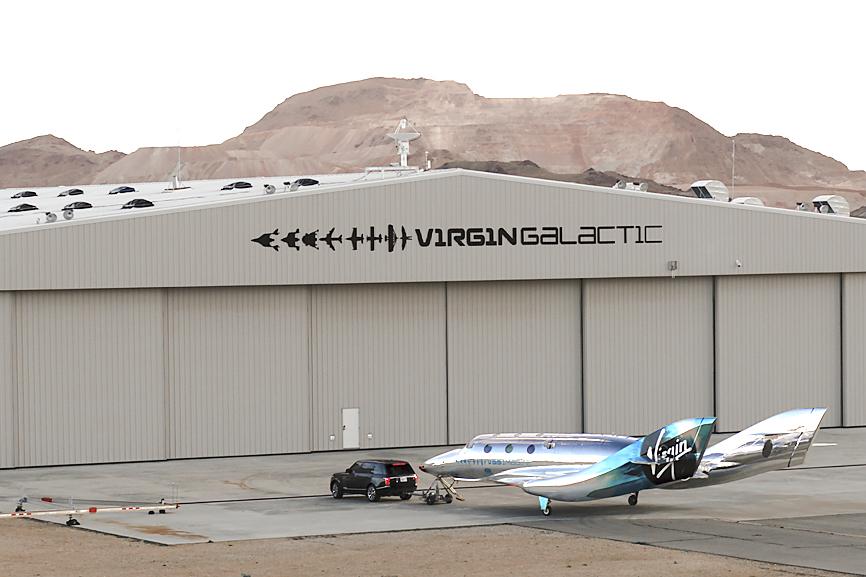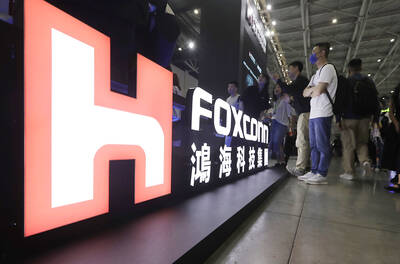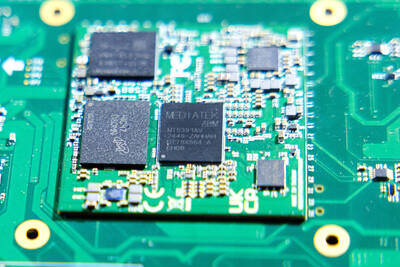Several hundred people have already booked their tickets and begun training for a spectacular voyage: a few minutes, or perhaps days, in the weightlessness of space.
The mainly wealthy first-time space travelers are preparing to take part in one of several private missions which are preparing to launch. The era of space tourism is on the horizon 60 years after Soviet cosmonaut Yuri Gagarin became the first person in space.
Two companies, Virgin Galactic and Blue Origin LLC, are building spacecraft capable of sending private clients on suborbital flights to the edge of space lasting several minutes.

Photo: AP
Glenn King is the director of spaceflight training at the National Aerospace Training and Research Center, a private company based in Pennsylvania that has already trained nearly 400 future Virgin Galactic passengers for their trips.
“The oldest person I trained was 88 years old,” King said.
The training program lasts two days — a morning of classroom instruction and tests in a centrifuge.
This involves putting the trainee in a single-seat cockpit at the end of an 8m-long arm and spinning them around to simulate gravitational force, or G force. A medical team is on hand at all times.
NASA’s training for shuttle crew members lasted two years, but the duration has been drastically reduced by the commercial space industry because of the “numbers of people that want to get up in space,” King said.
“We can’t take two years to train these people. We’ve got to get this down to a matter of days to get these people up,” he said.
“These people aren’t crews, just strictly passengers,” King said. “For a passenger, there isn’t a lot of work for you to do other than just relax, endure the G forces of launch or re-entry, and then once you’re orbital, enjoy the view out the window.”
King said the pass rate for the training course has been “99.9 percent.”
The cost ranges from several thousand US dollars to as much as US$10,000 if special care or medical monitoring is needed.
The single biggest barrier to “spaceflight for all” remains the price tag.
About 600 people have booked flights on Virgin Galactic, the company owned by British billionaire Richard Branson, and thousands more are on a waiting list.
The cost per flight? US$200,000 to US$250,000.
Virgin Galactic hopes to take its first private astronaut on a suborbital flight early next year, with eventual plans for 400 trips a year.
Blue Origin, owned by Amazon.com Inc founder Jeff Bezos, has not yet published prices or a calendar.
Money aside, pretty much anybody could go on a spaceflight.
“You don’t have to be in perfect physical health now to be able to go to space,” King said. “I’ve trained people with prosthetic devices. I’ve trained people with pacemakers — all kinds of people.”
The US Federal Aviation Administration, which oversees the aviation industry, recommended in 2006 that future “commercial passengers” on suborbital flights fill out a “simple medical history questionnaire.”
Orbital flights that go further and last longer would require a more detailed form and blood tests, X-rays and urine specimens.
Such flights, which cost millions of US dollars each, are envisioned by Space Exploration Technologies Corp (SpaceX), the company founded by billionaire Elon Musk, which has at least four planned over the coming years.
The first launch of only civilians, baptized “Inspiration4,” is scheduled to take place in September.
US billionaire Jared Isaacman has fully paid for a trip powered by a SpaceX Falcon 9 rocket that would take him and three passengers on a three-day flight in low Earth orbit.
In January next year, Axiom Space Inc plans to send a former astronaut and three newcomers to the International Space Station. It eventually plans trips to the space station every six months.
Seven “space tourists” visited the space station between 2001 and 2009. A firm called Space Adventures Inc served as the intermediary for those flights and has partnered with SpaceX to send four customers into orbit around the Earth next year.
Japanese billionaire Yusaku Maezawa has reserved a flight on SpaceX’s “Starship” in 2023 and is inviting eight other people to come along for the ride.
So when can we expect space tourism to become commonplace?
Difficult to say, said Robert Goehlich, an adjunct assistant professor at Embry-Riddle Aeronautical University Worldwide.
“Suborbital and orbital tourist flights are currently near to happen,” Goehlich said. “The exact forecast is a challenge for each scenario.”
“A new investor might accelerate any schedule, while an accident might decelerate any planning,” he said.
Three major factors wold need to come together: Flights would have to be safe, profitable and environmentally friendly.
“In the long run, thinking about a mass space tourism market, surely sustainability aspects will play a more dominant role,” Goehlich said.

Leading Taiwanese bicycle brands Giant Manufacturing Co (巨大機械) and Merida Industry Co (美利達工業) on Sunday said that they have adopted measures to mitigate the impact of the tariff policies of US President Donald Trump’s administration. The US announced at the beginning of this month that it would impose a 20 percent tariff on imported goods made in Taiwan, effective on Thursday last week. The tariff would be added to other pre-existing most-favored-nation duties and industry-specific trade remedy levy, which would bring the overall tariff on Taiwan-made bicycles to between 25.5 percent and 31 percent. However, Giant did not seem too perturbed by the

Foxconn Technology Co (鴻準精密), a metal casing supplier owned by Hon Hai Precision Industry Co (鴻海精密), yesterday announced plans to invest US$1 billion in the US over the next decade as part of its business transformation strategy. The Apple Inc supplier said in a statement that its board approved the investment on Thursday, as part of a transformation strategy focused on precision mold development, smart manufacturing, robotics and advanced automation. The strategy would have a strong emphasis on artificial intelligence (AI), the company added. The company said it aims to build a flexible, intelligent production ecosystem to boost competitiveness and sustainability. Foxconn

TARIFF CONCERNS: Semiconductor suppliers are tempering expectations for the traditionally strong third quarter, citing US tariff uncertainty and a stronger NT dollar Several Taiwanese semiconductor suppliers are taking a cautious view of the third quarter — typically a peak season for the industry — citing uncertainty over US tariffs and the stronger New Taiwan dollar. Smartphone chip designer MediaTek Inc (聯發科技) said that customers accelerated orders in the first half of the year to avoid potential tariffs threatened by US President Donald Trump’s administration. As a result, it anticipates weaker-than-usual peak-season demand in the third quarter. The US tariff plan, announced on April 2, initially proposed a 32 percent duty on Taiwanese goods. Its implementation was postponed by 90 days to July 9, then

AI SERVER DEMAND: ‘Overall industry demand continues to outpace supply and we are expanding capacity to meet it,’ the company’s chief executive officer said Hon Hai Precision Industry Co (鴻海精密) yesterday reported that net profit last quarter rose 27 percent from the same quarter last year on the back of demand for cloud services and high-performance computing products. Net profit surged to NT$44.36 billion (US$1.48 billion) from NT$35.04 billion a year earlier. On a quarterly basis, net profit grew 5 percent from NT$42.1 billion. Earnings per share expanded to NT$3.19 from NT$2.53 a year earlier and NT$3.03 in the first quarter. However, a sharp appreciation of the New Taiwan dollar since early May has weighed on the company’s performance, Hon Hai chief financial officer David Huang (黃德才)